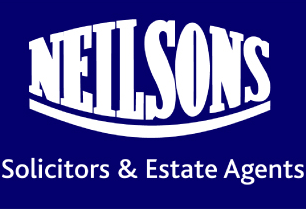The EWS1 (External Wall System Fire Review) form is a document used in Scotland to assess the external walls of multi-storey residential buildings for fire safety. It is designed to identify the type of external wall system and assess the risk of fire spreading through the building.
The form is typically completed by a qualified fire engineer or chartered building surveyor who inspects the building and evaluates the external wall construction, including any cladding, insulation, and fire resistance measures. The form includes a series of questions and checklists to guide the inspection and ensure that all relevant information is considered.
The EWS1 form was introduced in response to concerns about the safety of high-rise buildings following the Grenfell Tower fire in London in 2017. The Scottish Government has recommended that the form be used for all multi-storey residential buildings over 18 metres in height, although some mortgage lenders and insurers may require it for buildings of lesser height.
The completion of an EWS1 form is intended to provide reassurance to residents, lenders, and insurers that a building has been properly assessed for fire safety. If any issues are identified, the form will include recommendations for remedial action, which may include further testing or repairs to the external walls.
The Scottish Single Building Assessment (SSBA) is a system which may come to be used in Scotland to assess the fire safety of multi-storey residential buildings. It was a response to the Grenfell Tower fire in 2017 and subsequent concerns about fire safety in high-rise buildings.
The SSBA is a more comprehensive assessment than the EWS1 (External Wall System Fire Review), which is used to assess the fire safety of buildings with external cladding. The SSBA covers a broader range of fire safety risks, including internal fire safety measures such as fire doors, alarms, and smoke ventilation systems, as well as the external wall system.
Another key difference between the SSBA and EWS1 is that the SSBA is a standardised assessment that is required for all multi-storey residential buildings in Scotland, regardless of their external wall system or height. In contrast, the EWS1 is only required for buildings over 18 metres that have external cladding, although there has been some confusion and ambiguity around the implementation of this requirement and some mortgage lenders require an EWS1 for buildings less than 18 metres.
Overall, the SSBA is a more comprehensive and standardised approach to assessing fire safety in multi-storey residential buildings than the EWS1, although both assessments are intended to improve the safety of residents and provide reassurance to lenders and insurers.
At the present time the EWS1 is widely used and accepted by mortgage lenders and insurers but there is a strong possibility that in the future, the SSBA may become an obligatory requirement.
Any safety requirements resulting from the Single Building Assessment will have cost implications.
Whether these costs will fall to be borne by the individual owners or the original builders remains to be seen but purchasers of newer build flats need to be aware that whilst they can rely on a satisfactory EWS1 Report under current conveyancing practice and Mortgage Lenders’ lending policy, there is a strong possibility that conveyancing practice and Mortgage Lenders’ lending policy may change in the future.
